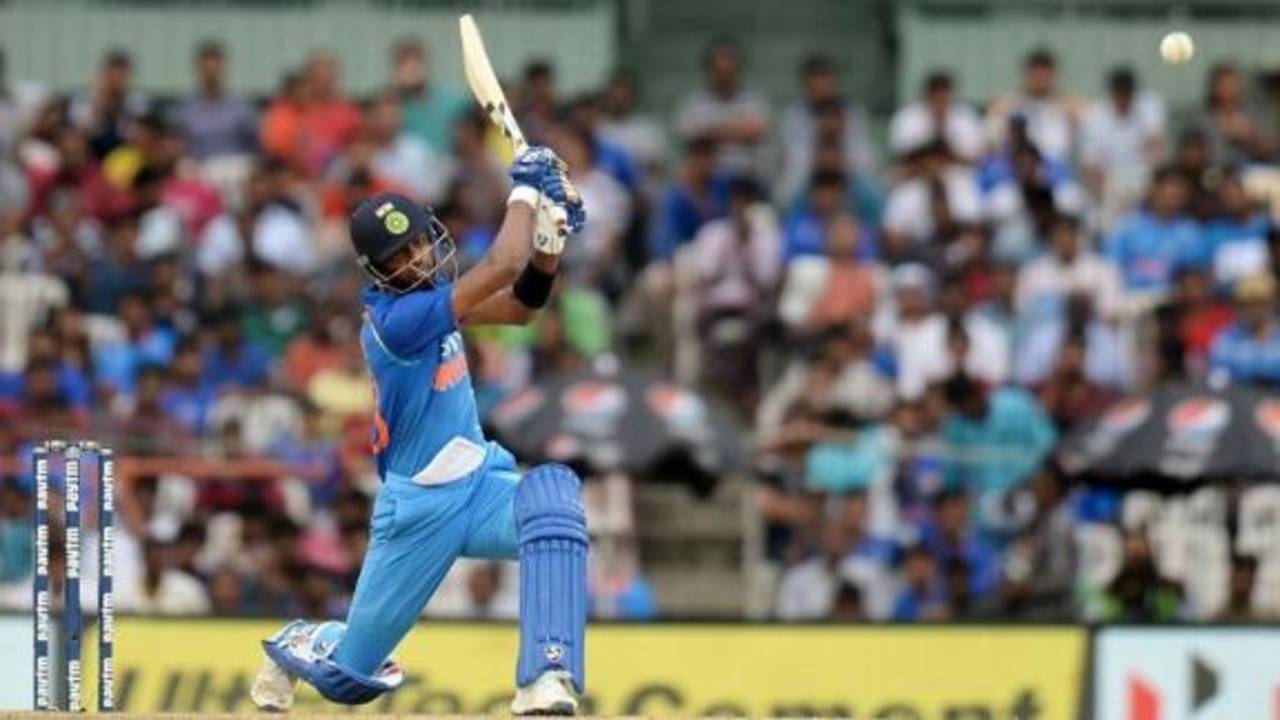The Pandya incident - caught and run-out, but not out
Hardik Pandya thought he was caught, the Australians thought he was definitely run-out, but it turned out that neither of those dismissals applied to the delivery
Alagappan Muthu at Eden Gardens
21-Sep-2017
India's innings was halted briefly in the 48th over in dramatic circumstances as Hardik Pandya was caught off a high full toss during the second ODI against Australia in Kolkata. Pandya started walking off - thinking he was out caught - but the catcher, Steven Smith, realising the possibility of it being called a no-ball for height, yelled at the bowler Kane Richardson to catch his attention and break the stumps at the bowler's end. Adding to this chaotic moment was the arrival of rain, which had distracted the umpires Anil Chaudhary and Richard Illingworth's attention, and ultimately forced the players off the field briefly.
In the end, Pandya was ruled not out because he had left the crease believing he had been dismissed. Such is the protection offered by Law 27.7 of the ICC handbook.
"An umpire shall intervene if satisfied that a batsman not having been given out, has left his wicket under a misapprehension that he is out. The umpire intervening shall call and signal dead ball to prevent any further action by the fielding side and shall recall the batsman."
In this case, the umpires were unsure of the legality of the delivery and asked the TV umpire to check the height of the ball after the catch had been taken and the run-out had been effected. Once replays showed the ball was above the waist, it was confirmed a no-ball, and while run-outs are definitely possible off no-balls, in this case, the umpires decided that Pandya was under the belief that he had already been dismissed and as such wouldn't have been bothered about completing the run he had set out for. Smith appeared to be making a case to the umpires for the ball not being 'dead' when the run-out occurred, but Law 27.7 proved decisive in this case.
Alagappan Muthu is a sub-editor at ESPNcricinfo
